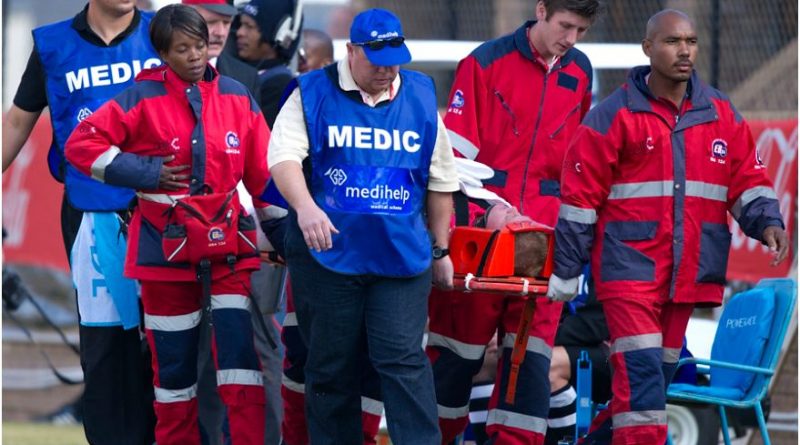The 5 best ways to choose a medical aid
Choosing the right medical aid can be difficult. You will have to wade through a plethora of options in order to find one that is right for your needs. But many of us do not even know how or where to start looking. You can spend hours online doing research, with no pleasing results. However, there are some simple tips you can follow to make finding a medical aid easier and more efficient.
The best medical aids in South Africa offer up a wide variety of benefits, including regular GP visits and prenatal care. If you are battling to find one to suit your needs, read on for some advice on the best ways to choose a medical aid.
How much can you afford to spend?
Let’s be honest, everyone wants the “Rolls Royce” of medical aids. Everyone wants to know that, if they need to see the dentist, it will be paid for. If you need an operation, you want to be able to book into a private hospital without any hassles. But, are you able to spend up to R10 000 a month to get this?
You will need to calculate how much you can afford to spend each month, and be sure to remember that you should account for inflation in prices too. You should add up your monthly expenses and then look at how much money you have left over. This will give you an idea of how much you can realistically spend on a medical aid. If you find that you can only afford to contribute a small amount, a hospital plan might be a better option for you.
Think about what you need
Without knowing exactly what you need, you will find it quite difficult to decide on which one of the best medical aids in South Africa is right for you. You will have to think about how much money you have spent on day-today medical expenses in the past twelve months, as well as which of these costs were “once-off” and which were recurring.
If you find that you seldom visit the doctor and have not been in hospital once in the past year, then you can look for a more affordable option, such as hospital plan or a starter medical aid. However, if you notice that you visit the GP regularly and have been to hospital at least once, then you will need a more comprehensive option.
Find out what is covered
Once you know how much you can spend, and what you need, you will have to find out from each medical aid what they cover. You might find, for example that some medical aids will cover you up to 100 percent of the medical aid rate, but that does not mean you are protected against exorbitant costs.
Medical aids have a list of different tariffs that are applicable to the different procedures, which has been negotiated with certain providers. You will need to know what these procedures are and be sure to ask whether or not there are any exclusions. You might need a certain medication or procedure, and to find out on the day that it is excluded could be devastating.
Age can impact your decision
If you have young children, you will need to ensure that the medical aid you are looking at has sufficient cover for any illnesses they might experience. If you are a young couple planning on starting a family, it is vital to check that there are maternity benefits that include prenatal and postnatal care.
For those who are slightly older, your medical aid will need to cover any chronic medication that you are on and provide sufficient in-hospital cover in the event of hospitalisation. Your age and life situation will dictate your choice significantly, as it will also have a financial impact. A young couple might not be able to afford an expensive medical aid, whereas someone older with a more established career will.
Look at the different options
You will need to carefully look at the different options on offer to you. Medical aids are made up of three components, namely:
- Medical expenses while in hospital: you need to be admitted into hospital for these to be paid.
- Expenses covered while out of hospital: these are day-to-day visits such as dentists or general practitioners.
- Chronic illness benefits: these are standard in all medical aids.
The majority of your premiums are used to pay for the expense of being admitted to a private hospital. A smaller portion of your premium, from 15 to 25 percent of the total, is used to pay for out-of-hospital expenses.
Final words
Choosing a medical aid can be tricky. There are many elements that you have to consider, with cost being the major one. However, if you take into account how much you can afford to pay each month, your exact needs from a medical aid and what is covered by the various plans, you will be well on your way to making a decision. Do not forget to ask any question that pops into your head when speaking to the providers, as you will need to clarify what is covered as well as the total costs involved.




